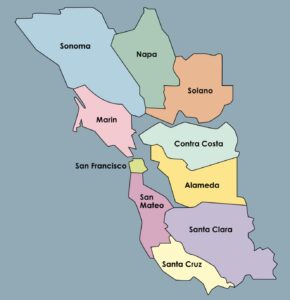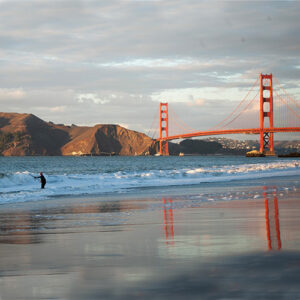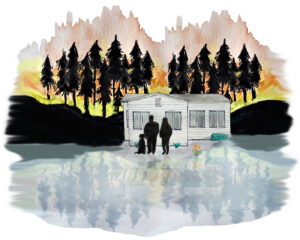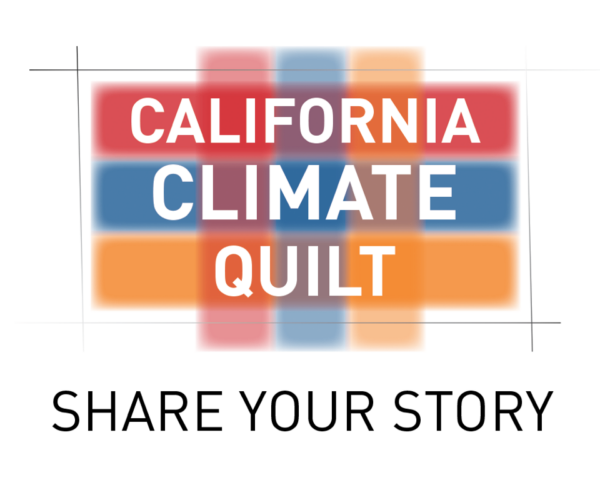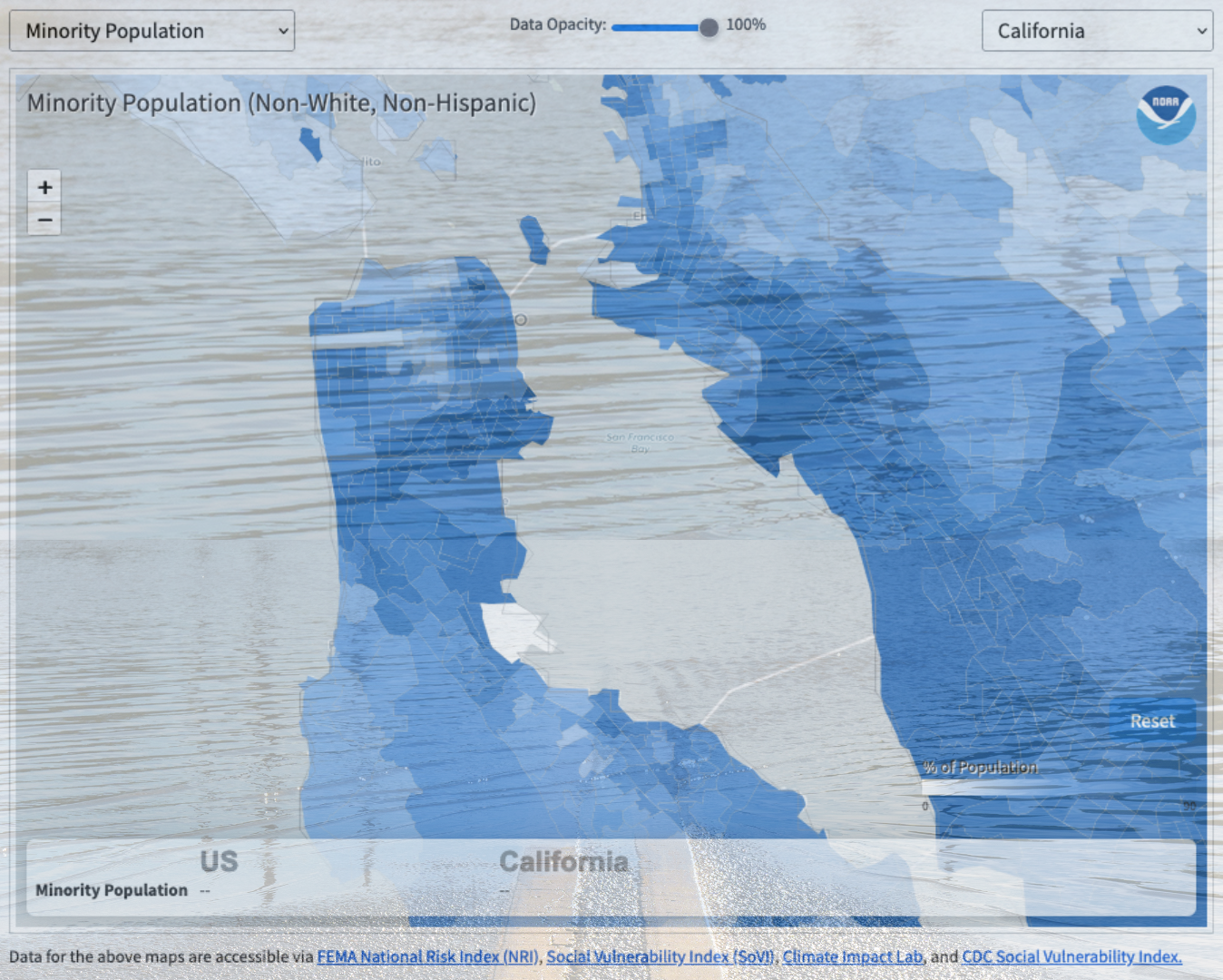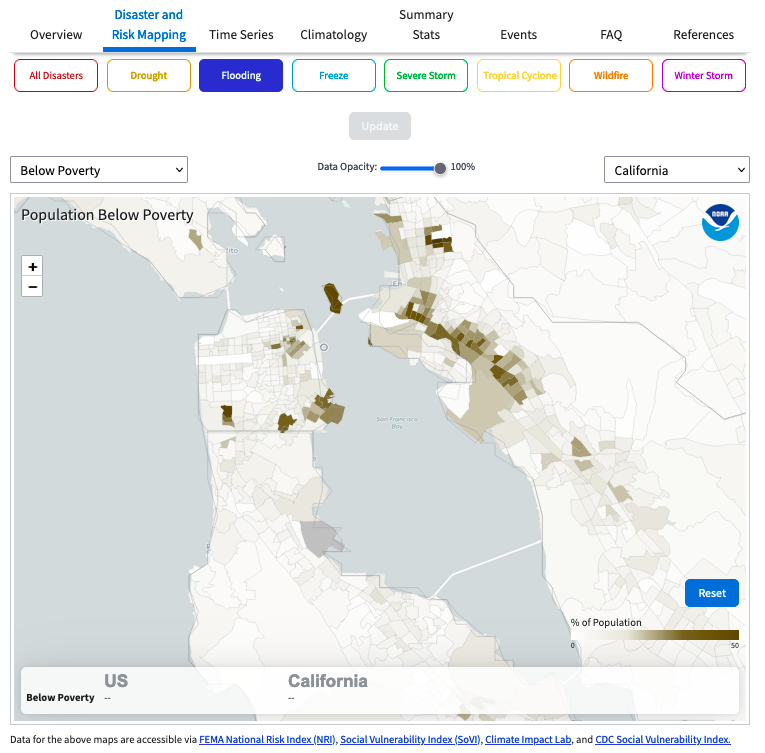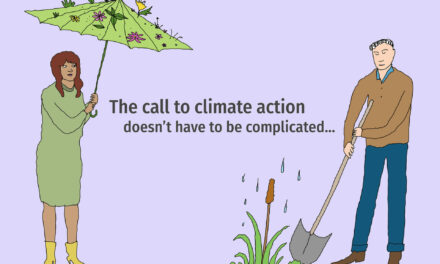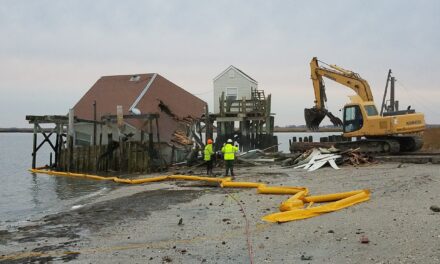Mapping Those Most At Risk
When planning for climate disaster, many federal agencies assess risk on the scale of cities and counties. But in reality, neighborhoods within a city are impacted very differently from one another. A flood that hits Bayview-Hunters Point in San Francisco would pummel a dense, 96% minority community with a poverty rate nearly three times as high as the county average. That same flood in the Marina District would encounter a spread-out, predominantly white, and highly educated population with an average salary nearly ten times greater than Bayview-Hunters Point’s — making the area far more able to withstand the flood and bounce back.
With the National Oceanic and Atmospheric Administration’s recent update to their long-running Billion Dollar Disaster Map, urban planners and citizens can see for themselves how disaster risk and vulnerability vary at the much finer “census tract” scale, representing about 4,000 people in a geographic area. Using the tool to look at “hazard risk” and “social vulnerability,” one can see how frontline communities like San Jose’s Alviso, Marin City, the San Rafael Canal District, East Oakland, and others stand out in stark contrast to the wealthier, whiter neighborhoods around them. The tool shows which census tracts have a significant number of people with characteristics that contribute to social vulnerability — for instance, those without vehicles, senior citizens, or the mobility-challenged. Or race, income, and educational level, which correlate with lower access to essential government programs and services that are essential to helping people and communities rebuild after a disaster.
As risk maps go — and there are an overwhelming number out there — NOAA’s is still a little clunky. The census tract view is hidden in a drop-down menu above and to the right of the map, and to look at historic flood hazard risk one has to manually de-select all six other hazard types. The Bay Conservation and Development Commission’s regional Community Vulnerability map is even more granular, analyzing vulnerability at the small “census block” scale (geographic areas of 3,000 people or less), and it also indicates contamination exposure. But hopefully NOAA’s update represents progress toward seeing pre-existing risk and vulnerability disparities within a city or county, and taking ameliorative steps before the next disaster exposes and widens them.
Other Recent Posts
Learning the Art of Burning to Prevent Wildfire
In Santa Rosa’s Pepperwood Preserve, volunteers are learning how controlled fires can clear out natural wildfire fuel before it can spark.
Martinez Residents Want More Than Apologies — They Want Protection
After a 2022 release of toxic dust and a February 2025 fire, people in the northeast Bay town are tired of waiting for safety improvements.
Weaving Fire Protection Out Of What’s Already There
A new Greenbelt Alliance report shows how existing vineyards, grasslands, and managed forests can slow wildfire and save vulnerable homes.
Fall Plantings Build Pollinator Habitats in Concord
Community groups, climate advocates and a church are coming together to plant pollinator gardens as monarchs, bees see population declines.
Newark Needs Housing, But Could Shoreline Serve A Higher Purpose?
The Bay Area needs more affordable housing, but would 196-homes or a buffer against sea level serve local needs better in the years ahead?
Who Will Inherit the Estuary? Training for a Rough Future
The six-month program teaches students aged 17 -24 about the challenges facing communities around the SF Estuary, from Stockton to East Palo Alto.
Split Verdict Over State of the Estuary
Habitat restoration and pollution regulations are holding the Bay steady, but the Delta is losing some of its ecological diversity, says SF Estuary Partnership scorecard.
Volunteers Catch and Release Tiny Owls For Science
In Santa Rosa, citizen scientists capture northern saw-whet owls to help further research on climate impacts to the bird.
Antioch Desalination Plant Could Boost Local Water Supply
The $120 million plant opened this fall and treats 8 million gallons of brackish water a day, 75% of which is drinkable.
How Cities Can Make AI Infrastructure Green
Data centers fueling AI can suck up massive amounts of energy, water and land, but local policies can mitigate the impact.

